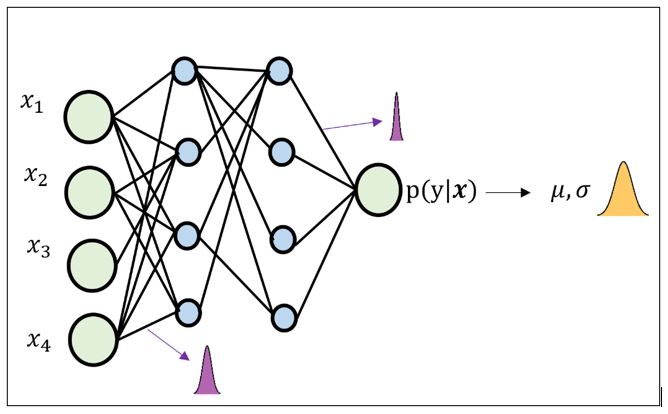April 2024
Mohammad Sina Jahangir
Kasra Motlaghzadeh
Liton Chakraborty
Sharmalene Mendis-Millard
Jason Thistlethwaite
Daniel Henstra
In the field of hazard and disaster risk management, policymakers have long sought effective planning tools to address the complex relationship between vulnerability and exposure. Recent scholarly efforts have focused on assessing social vulnerability, recognizing its crucial role in disaster readiness and response. This study presents an innovative method for assessing flood risk, introducing a new approach to constructing a Social Vulnerability Index (SoVI) using Bayesian Neural Network (BNN) modeling. This method represents a significant advancement in flood risk assessment by considering various aspects of vulnerability. Firstly, it integrates different sources of uncertainty into the SoVI construction, ensuring a more realistic representation of social vulnerability. Secondly, it employs machine learning, specifically BNNs, for real-time flood risk assessment, allowing for the incorporation of new data to enhance accuracy. Thirdly, it identifies the impact of different indicators on the SoVI, enabling the customization of contextual variables for a more precise understanding of vulnerability. A case study conducted in Ottawa-Gatineau, Ontario, using 2016 Census data validated the methodology, resulting in the creation of a Probabilistic Social Vulnerability Index (PSoVI) compared with flood exposure for various return periods.
